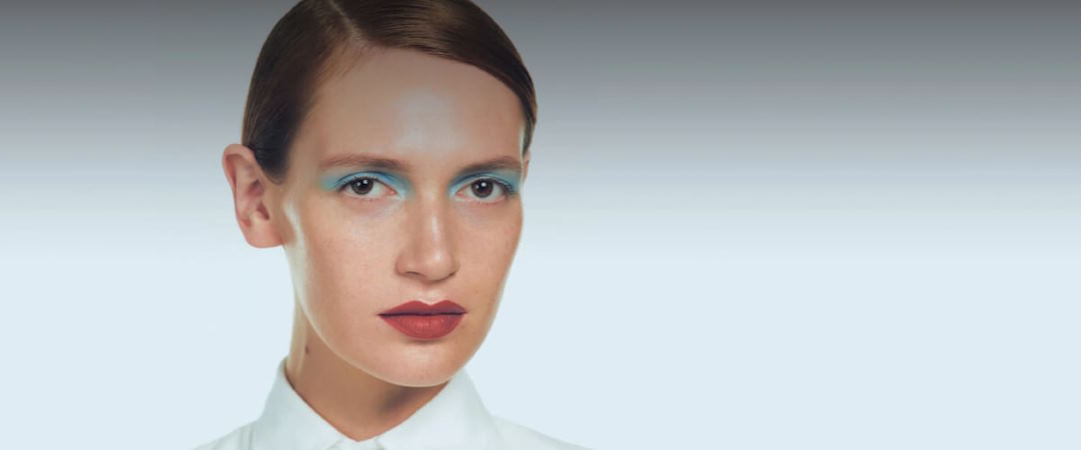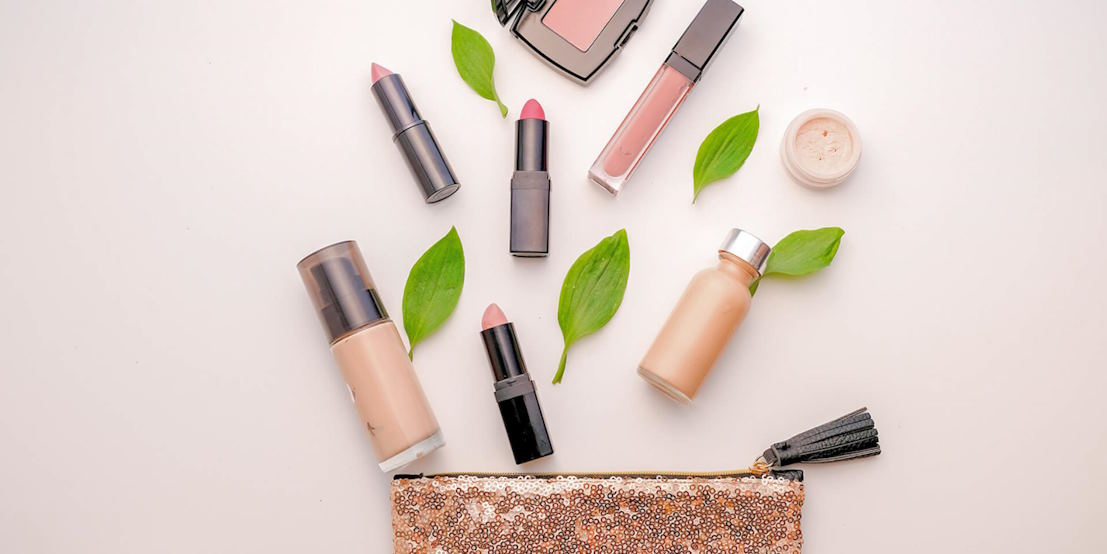
Beyond the Kitchen: Rethinking Makeup Trends Inspired by Food
In the era of social media and viral trends, it seems there’s no escaping the influence of food – even when it comes to makeup. Platforms like TikTok have popularized makeup trends inspired by various culinary delights, from lattes to strawberries. While these trends may seem fun and whimsical at first glance, they raise important questions about the intersection of beauty and food culture.
The Allure of Food-inspired Makeup
There’s no denying the visual appeal of food-inspired makeup trends. From eyeshadow palettes resembling decadent desserts to lip colors named after popular beverages, these products tap into our sensory experiences and evoke nostalgia and indulgence. Additionally, the playful nature of these trends often garners attention on social media platforms, where users eagerly share photos and videos of their food-inspired makeup looks.

Problematic Associations
While food-inspired makeup trends may be lighthearted and fun for some, they can carry unintended consequences. Associating makeup with food can perpetuate harmful stereotypes and attitudes surrounding body image and eating habits. By likening features of our faces to edible items, we inadvertently reinforce the notion that beauty is linked to consumption and external appearance rather than inner qualities and self-expression.
Cultural Appropriation and Sensitivity
Many food-inspired makeup trends draw inspiration from cuisines and ingredients rooted in diverse cultures. However, without proper context and sensitivity, these trends risk appropriating cultural symbols and traditions for aesthetics. Additionally, reducing aspects of a culture to mere makeup trends can trivialize their significance and perpetuate harmful stereotypes. It’s essential to approach food-inspired makeup with respect and awareness of cultural sensitivities.
As consumers and creators, we can shift the narrative surrounding makeup trends away from food and towards authenticity and creativity. Instead of replicating popular food items on our faces, we can explore innovative color combinations, textures, and techniques that reflect our unique personalities and artistic visions. By celebrating diversity and individuality in makeup, we can move beyond the confines of food-inspired trends and embrace a more inclusive and empowering beauty culture.
